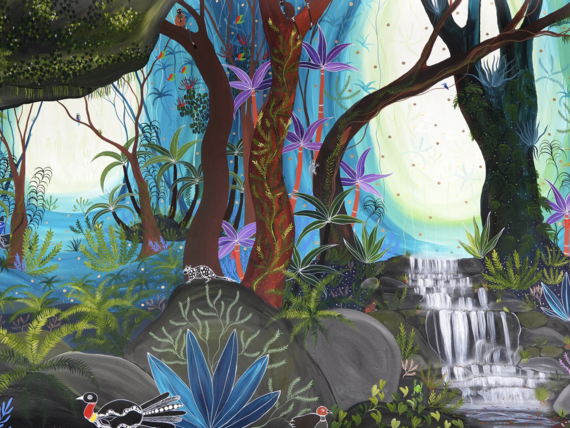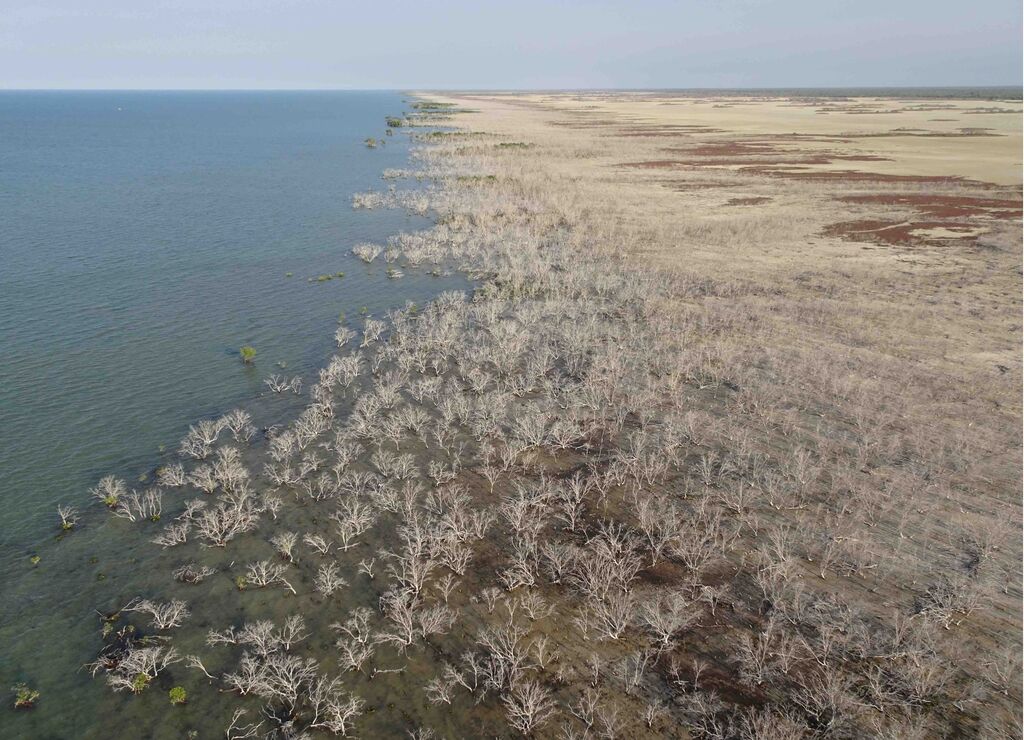
##MP##
James Cook University scientists have found the cause of the catastrophic death of mangroves in the Gulf of Carpentaria six years ago.
40-million mangrove trees died along a 2000-kilometre stretch during a heatwave in 2016, at the same time a mass bleaching event occurred on the Great Barrier Reef.
However, researchers have found it wasn’t the heat that killed the trees, but a related climatic event which caused unusually low sea levels.
##IAA1##
Lead author Dr Norm Duke from JCU’s TropWATER Research Centre said at the time, there were large-scale swings in the El Nino Southern Oscillation.
“The key factor responsible for the mass dieback appears to have been the sudden 40-centimetre drop in sea level that lasted for about six months, coinciding with no rainfall, killing vast areas of mangroves,” he said.
“Essentially, the trees died of thirst.”
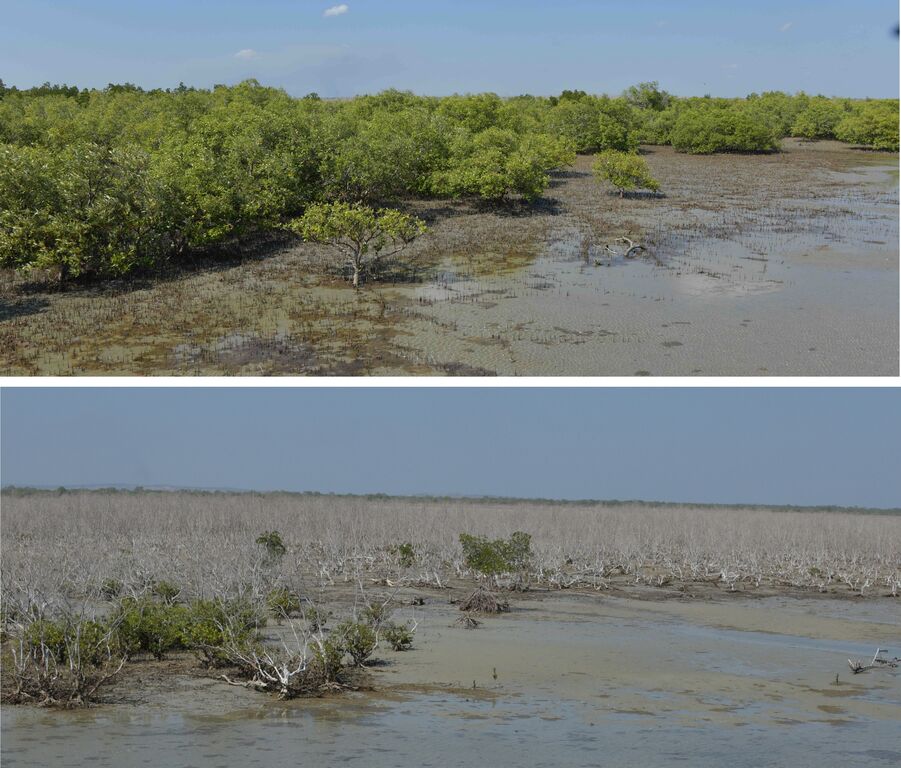
More than 76 square kilometres of mangroves were lost, releasing nearly one million tonnes of carbon and going down in the record books as the worst-ever climate-related mass tree dieback globally.
The mangroves – which can hold four times the carbon of rainforests – have still not grown back, with recovery hampered by other climate-driven events such as cyclones and flooding.
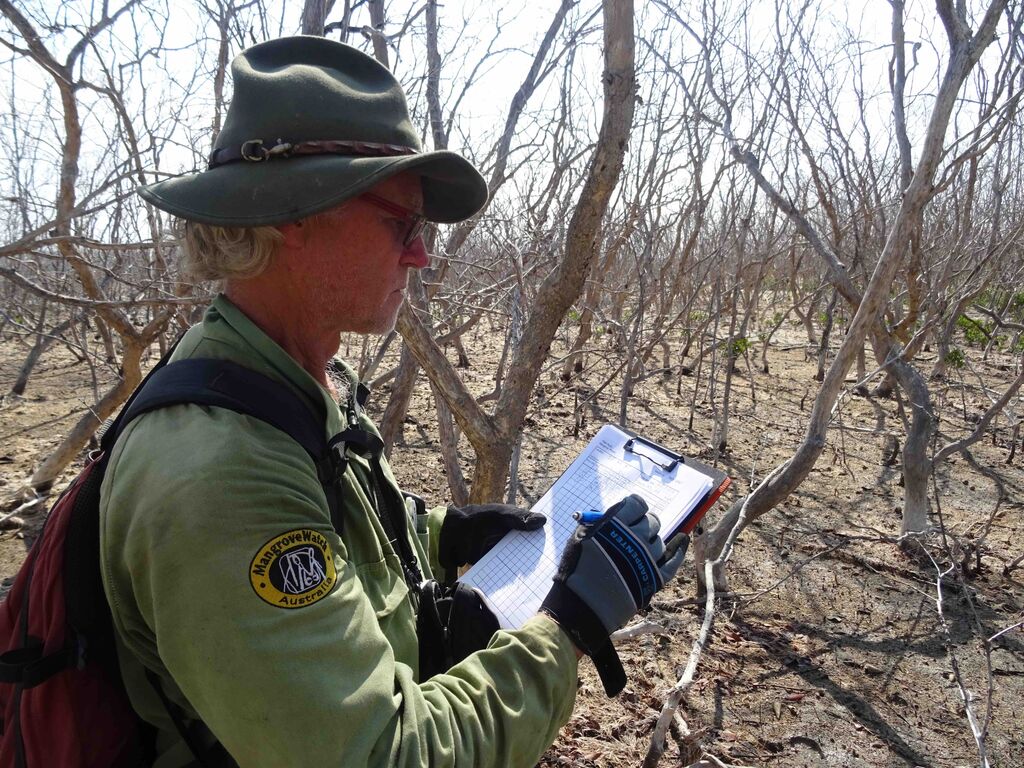
JCU TropWATER Researcher and co-author of the research Dr Adam Canning said a similar mass dieback in occurred in 1982, which was observed in satellite imagery.
“The 1982 dieback also coincided with an unusually extreme drop in sea level during another very severe El Niño event,” he said.
“We know from satellite data that the mangroves took at least 15 years to recover from that dieback.
“Now they are caught in a vicious collapse and recovery cycle because of repeated pressure from climate change.”
##PQ##
Satellite imagery could now be used to help monitor the recovery of mangroves and identify key areas under pressure.
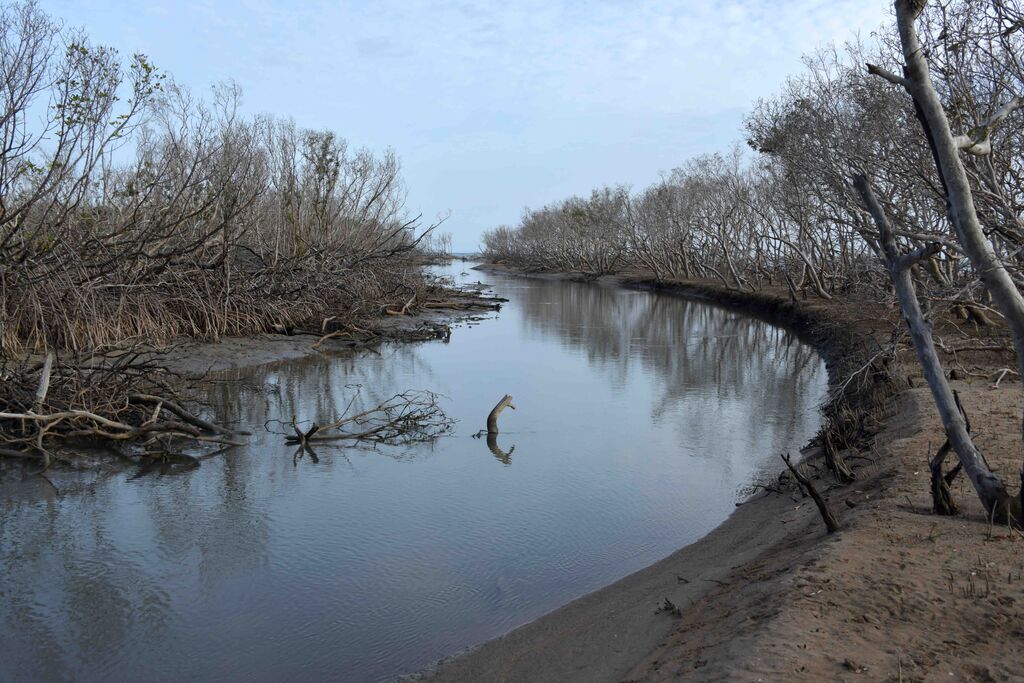
“We must address the localised human impacts that degrade mangrove habitats including pollution, altered hydrology, feral animals, weeds, and improper fire management,” said co-author and wetlands researcher at Earthwatch Australia, Jock Mackenzie.
“These impacts impede the natural ability of mangroves to adapt to climate change.”
Researchers say it may even be possible to predict future events, which would allow for innovative rescue efforts such as targeted irrigation.
Main points
- Unusually low sea level blamed for the deaths of 40-million mangrove trees in the Gulf of Carpentaria in 2016
- Scientists say there was a 40cm drop brought on by large swings in the El Nino Southern Oscillation
- They're hoping the finding can help prevent future diebacks through targeted measures such as irrigation


